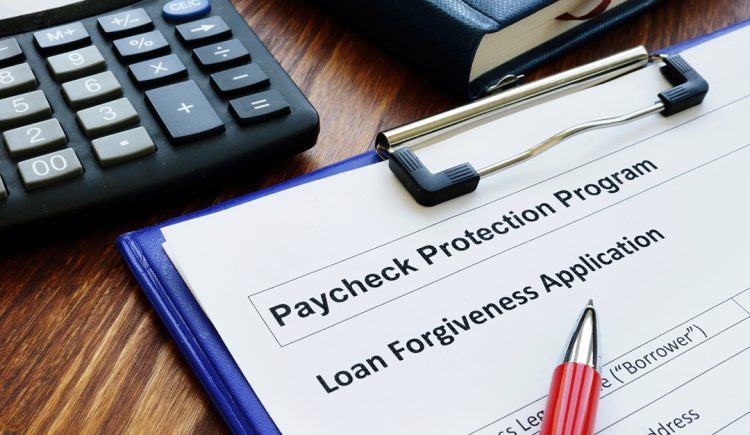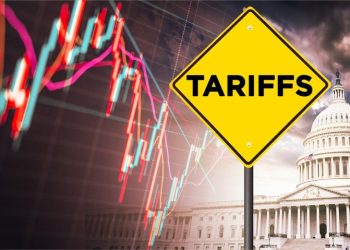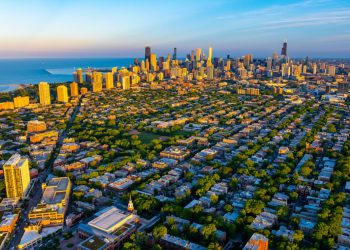In its year-end 2020 Omnibus and COVID-19 relief bill (“Consolidated Appropriations Act, 2021”), Congress reauthorized the Small Business Administration (SBA) Paycheck Protection Program (PPP), adding $284.5 billion in funding and extending the program through September 2021. The new law also expanded eligibility to certain qualifying 501(c)(6) organizations and allows the hardest-hit small businesses to access second-draw PPP loans should they be necessary.
While these changes affect access to the loan program, some early borrowers are now beginning to think about forgiveness options for the loans they took out in 2020. For many, this process may seem confusing and burdensome, feelings that are compounded by the fact that the program’s requirements and its forgiveness application forms have evolved since it was created in last April’s CARES Act.
At the time this article was written, the SBA was offering three PPP forgiveness applications, each with different eligibility requirements. For all PPP borrowers, forgiveness applications must be filed with their SBA lender (not the agency itself), while borrowers have up to 10 months from the last day of their covered period to file before they must begin to make payments (and pay interest). Borrowers can also apply for forgiveness at any point before the maturity date, which is either two or five years from the loan origination.
Borrowers who took out loans of $150,000 or less are now eligible to use a simplified forgiveness application, Form 3508S. This form was created by Congress to reflect the reality that many of these borrowers are sole proprietors, independent contractors or very small businesses that lack the resources to consult with attorneys or accountants to review their applications and may struggle to complete the more complex forms on their own. Form 3508S is a single-page document (with an optional demographic-information page), which simply requires borrowers to self-certify that they have met the program requirements for forgiveness. (These borrowers should still maintain records backing up their certifications for at least six years after they file, in case they are audited.)
Borrowers who took out loans larger than $150,000 but who met certain program requirements are eligible to use Form 3508EZ, a three-page forgiveness application. To be eligible, the business must not have reduced employee salaries by more than 25% while keeping the number of full-time equivalent (FTE) employees on staff, or they must not have reduced employee salaries by more than 25% and were unable to operate at the same level as on Feb. 15, 2020 due to health and safety restrictions. This form has fewer calculations than the full forgiveness application and requires less documentation. Borrowers must account for how the loan was used and certify that they met payroll and employee retention requirements for forgiveness. In addition, documentation showing payroll and non-payroll costs during the covered period must be provided.
Finally, the full forgiveness application—Form 3508—is for all other borrowers (although technically any borrower can use it). At five pages long, it is the lengthiest form and includes a “PPP Forgiveness Calculation Form,” the “PPP Schedule A” and the Schedule A worksheet. Combined, these forms require that borrowers show how loans were allocated while recording employee numbers/salary levels during the covered period. Documentation verifying payroll and non-payroll costs as well as salary levels and any reduction in FTE employees is also required.
Regardless of which form a borrower uses, questions about what they are required to provide should be brought to their SBA lender, who can guide them through the process. Additional resources can be found at the SBA website or at NAR’s coronavirus page.
 Erin Stackley is NAR’s senior representative of Commercial Legislative Policy.
Erin Stackley is NAR’s senior representative of Commercial Legislative Policy.












Are you guys working with blue acorn with ppp loan
Can This loan be used for a Sub S where the owner pays herself but has no employees??